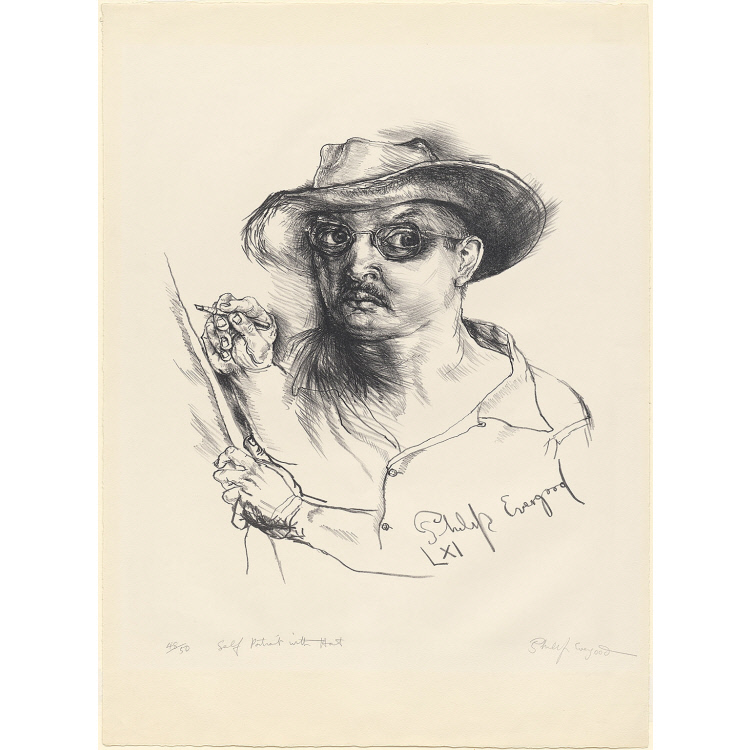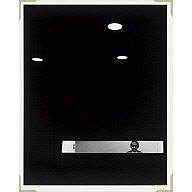Philip Evergood
Evergood was born in New York, but grew up in England and graduated from Eton in 1919. Two years later he entered the Slade School in London, but in 1923 he moved back to New York City and studied at the Art Students League with George Luks. For Evergood the 1930s were years of deep personal involvement in liberal and radical causes. He was president of the Artists Union and active in the American Artists' Congress, and in 1936 took part in the sit-down strike instituted by 219 artists protesting layoffs from the Federal Art Project. In the late 1930s, as managing supervisor of the New York WPA easel project, he fought aggressively to keep artists on the payroll when budget cuts forced layoffs. Evergood's art, like his other activities, reflects his devotion to egalitarian ideals, and his early paintings, especially, are statements of sympathy for those who struggle against oppression.
Virginia M. Mecklenburg Modern American Realism: The Sara Roby Foundation Collection (Washington, D.C.: Smithsonian Institution Press for the National Museum of American Art, 1987)












